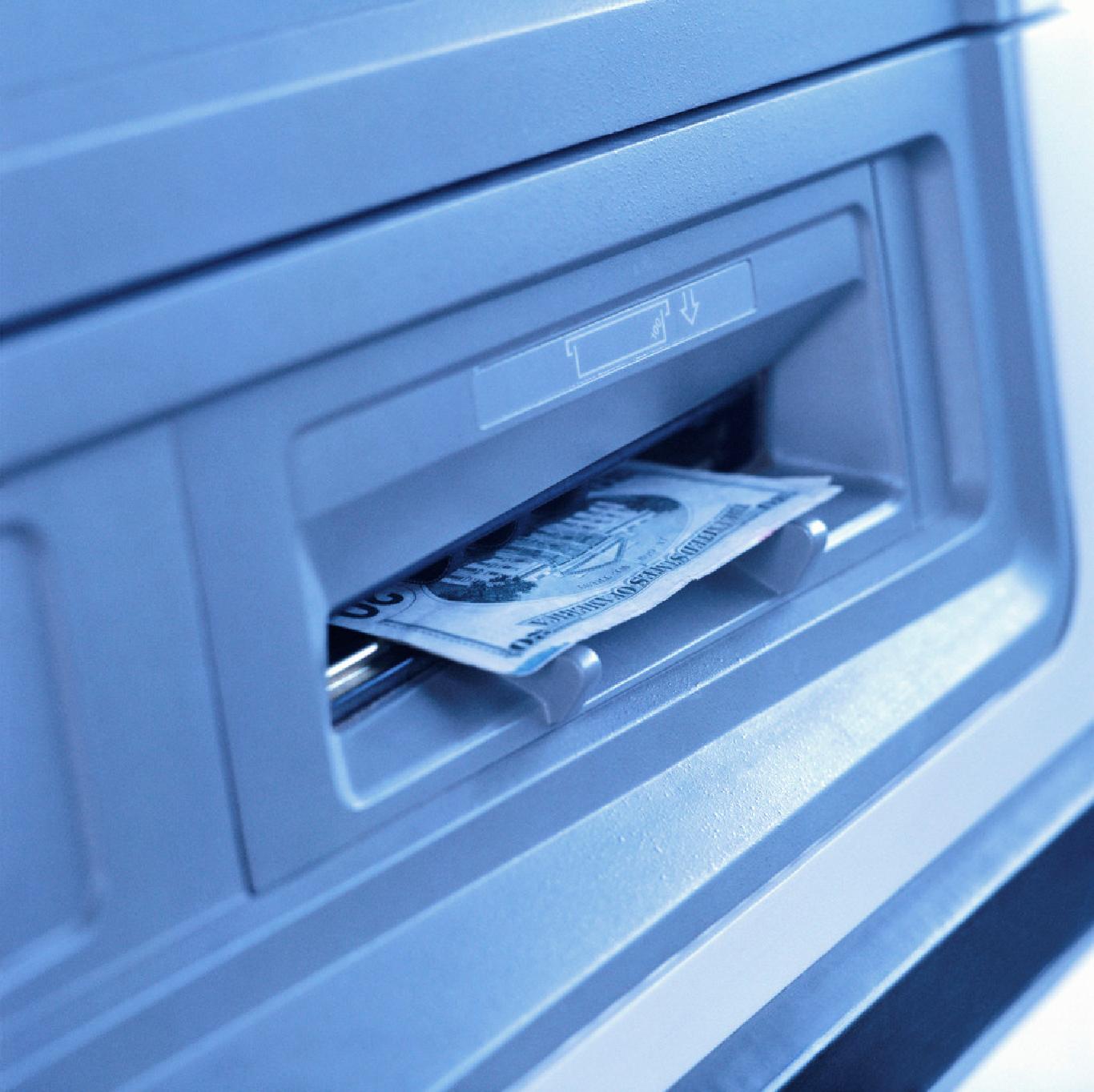Bank Failures Watch
Your one-stop resource for the banking crisis

This page was last updated: September 11, 2011
Computer crime against consumers and businesses is accelerating at an alarming pace, and bank business customers are no exception.
Online thieves are stealing as much as $1 billion a year from small and mid-sized bank accounts in the U.S. and Europe.
Unlike personal accounts, business accounts are not insured or legally protected in great measure from cyberfraud. With inadequate bank security and compromised client computers, business customers often get stuck with their losses from online fraud.
cyberfraud
How cybersecure is your bank? How cybersecure is your computer?
Business bank accounts face serious safety threats from cybercriminals
Links to articles about bank cyberfraud
> (site) Your Money is Not Safe In a Bank! >>>
> Wanted: Defense against online bank fraud
Small businesses have been hit by a wave of cybercrimes. Here's how to protect your accounts. >>>
> Businesses bite down hard on cyber hack losses >>>
> Hackers take $1 billion as banks blame their clients >>>
Online bank fraud lawsuits force banks to reassess security >>>
> Fairfield County Bank offers cyber security tool >>>
> Taking cybersecurity lessons to the bank >>>
> Feds to banks: Put security policies in writing >>>
Some points and tips for bank security: a checklist
• Shop around for a bank that comes closest to meeting safety criteria.
• Does the bank have a security policy readily available to customers and is in writing?
• Does the bank state what security measures they use and your rights in their agreements with you, stating their responsibilities for fraud losses (many banks refuse to take responsibility for losses from fraud, and often sue the customer as a preemptive measure).
• Does the bank offer or suggest security measures and solutions, including software such as IronKey and Rapport? (But remember that no security measures may be 100 percent fail-safe.)
• Be literate in computer and Internet security, and train your employees for security awareness.
Food for thought about banking
cybersecurity regulations from
the FFIEC (Federal Financial Institution Examination Council) >>>
The FFIEC’s recent update to its 2005 mandate for protecting online banking access forces many banks back to the drawing board with security. The agency said its 2005 rules are no longer sufficient to protect against today’s threats, and that banks today need a layered approach to security.
Back in 2005, the FFIEC’s rules prompted a scramble to find a new standard for protecting online accounts. Banks considered tried-and-true methods such as one-time password tokens. They also considered zanier ideas like forcing consumers to log in by clicking on images of faces from a grid or deciphering codes from a bingo card.
Is the banking industry about to repeat the same scramble, or can the methods in use today can be adapted to meet the FFIEC’s new rules? Have bigger banks with deeper pockets already adopted a proper layered approach? Do smaller banks, which are more dependent on vendors, have access to the proper resources?
Are smaller banks at a disadvantage in terms of cybersecurity, and therefore a greater risk for consumers?